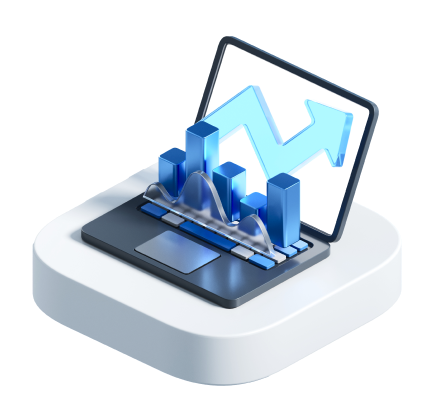
European Central Bank (ECB) Vice President Luis de Guindos said in the webinar "Euro area current policy challenges" via online livestream on Thursday that he is comfortable with where interest rates currently are. Guindos further added that fears of inflation undershooting target would be short-lived.
Additional comments
Marginally more optimistic on growth
Much more optimistic on services inflation
Evolution of wages fully aligns with projections
Level of uncertainty is huge
Our intention is to give a gently growing dividend on which we will say more in February
Comfortable with current level of interest rates.
We believe that undershooting will be temporary.
Convergence to 2% is now the baseline.
No discussion on modifying QT.
Market reaction
EUR/USD jumps to near 1.1520 during the European trading session on Thursday at the time of writing.
ECB FAQs
The European Central Bank (ECB) in Frankfurt, Germany, is the reserve bank for the Eurozone. The ECB sets interest rates and manages monetary policy for the region. The ECB primary mandate is to maintain price stability, which means keeping inflation at around 2%. Its primary tool for achieving this is by raising or lowering interest rates. Relatively high interest rates will usually result in a stronger Euro and vice versa. The ECB Governing Council makes monetary policy decisions at meetings held eight times a year. Decisions are made by heads of the Eurozone national banks and six permanent members, including the President of the ECB, Christine Lagarde.
In extreme situations, the European Central Bank can enact a policy tool called Quantitative Easing. QE is the process by which the ECB prints Euros and uses them to buy assets – usually government or corporate bonds – from banks and other financial institutions. QE usually results in a weaker Euro. QE is a last resort when simply lowering interest rates is unlikely to achieve the objective of price stability. The ECB used it during the Great Financial Crisis in 2009-11, in 2015 when inflation remained stubbornly low, as well as during the covid pandemic.
Quantitative tightening (QT) is the reverse of QE. It is undertaken after QE when an economic recovery is underway and inflation starts rising. Whilst in QE the European Central Bank (ECB) purchases government and corporate bonds from financial institutions to provide them with liquidity, in QT the ECB stops buying more bonds, and stops reinvesting the principal maturing on the bonds it already holds. It is usually positive (or bullish) for the Euro.








